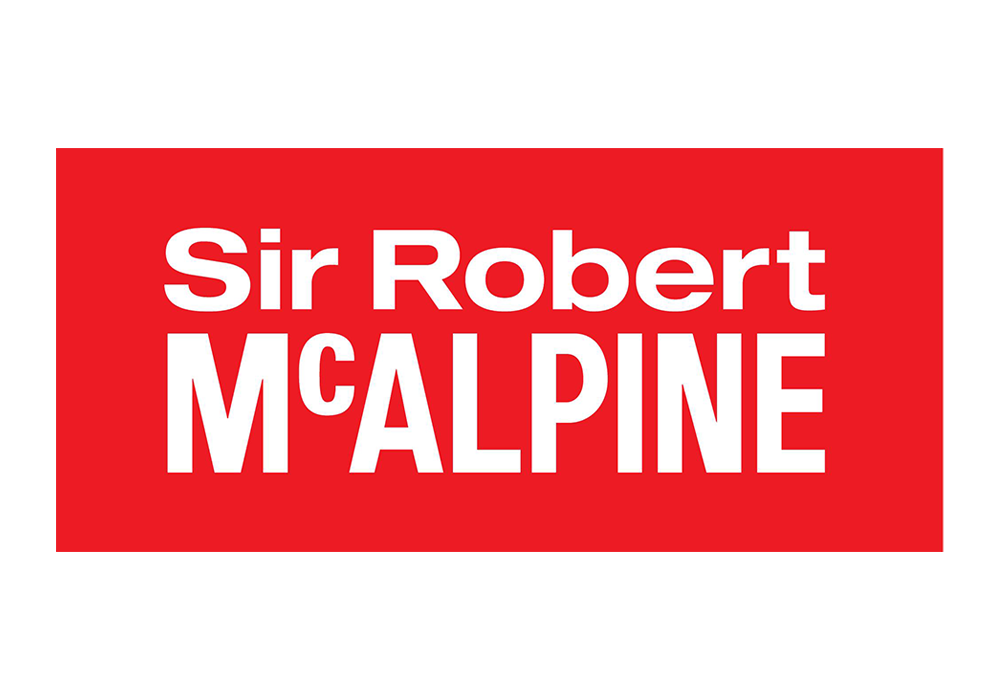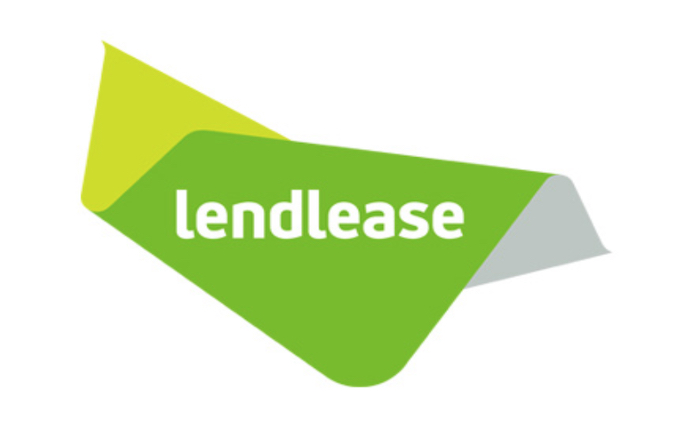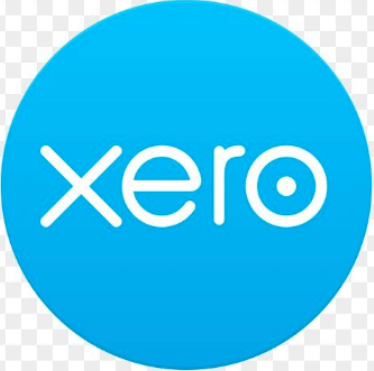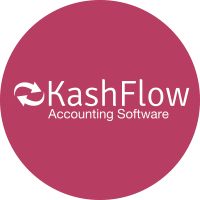Understanding the ins and outs of property transfers and the related taxation can be a lot to take in. You could write a book about the implication just based on transferring property from one person to another, but not understanding the available reliefs and best practises for property transfers could be very costly.
Looking at real world examples of property transfers is always a great way to help understand how the taxation and reliefs work.

Property Transfer relief example
Let’s look at the following example in which Dave and his brother Taylor jointly own two rental properties together and are looking at any Capital Gains Tax relief they can claim while changing ownership of their properties…
Property Transfer Example
Dave and his brother Taylor have joint ownership of two rental properties together. They now want to rearrange their holdings so that they each brother owns one property. The market value of Property 1 has a value of £250,000 and has a base cost of £90,000. Property 2 is valued at £230,000 with a base cost of £40,000. They have agreed that Dave will have Property 1 and Taylor will therefore take Property 2. The brothers need to know if they can get any Capital Gains Tax (CGT) relief.
For the purposes of Capital Gains Tax, the brothers are connected and any transactions between the brothers is deemed to take place at market value. Any gains made on residential dwellings has to be reported and paid for within 60 days (disposals after 27 October 2021 of the completion at 18% and/or 28% if they are higher rate taxpayers.)
We are not dealing with a trade here, so general roll-over relief would not be available. In this case, a special form of roll-over relief would be available as we have this exchange of land between multiple owners.
Please note, as you would with any tax reliefs, you always need to make sure that you 100% meet the conditions that are set. For England and Wales these conditions are:
- The co-owners jointly own a holding of land or two or more separate holdings either as joint tenants or tenants in common;
- the landowner disposes of an interest in one of those holdings to one of more of the co-owners;
- the consideration given by the co-owners for that interest comprises or includes an interest in one of the jointly owned holdings (the ‘acquired interest’);
- as a consequence of that disposal (and any ‘related disposals’;) the landowner and each of the co-owners become the sole holders of part of the holding, or, where there are two or more jointly-held holdings, each becomes the sole owner of one or more of the holdings;
- the acquired interest is not an interest in ‘excluded land’. Excluded land is a dwelling-house or part of a dwelling-house and the principal private residence exemption would apply to any part of a gain arising on its subsequent disposal within six years of its acquisition. Relief can be withdrawn if land which was not “excluded land” at the time of its acquisition, becomes excluded within six years.
Relief could be claimed within four years from the end of the year of assessment to which the claim relates if each of these conditions is met.
For the sake of our example here, we’ll say that in our case all of these conditions have been met…
Dave and Taylor now decide they will make a claim or relief. the impact of the relief is discussed below taking each taxpayer in turn.
As we have mentioned above, as Dave and Taylor are connected persons, the disposal consideration is deemed to be the open market value of the asset being disposed of, not the value of the asset and any cash consideration being received. The value of a part share in property is normally discounted under valuation law – a discount of 10% for a half-share being usual.
In this case, to make our example of relief a little easier we have not applied any discounts.
Dave Property Transfer Relief
Dave’s disposal of half his share in Property 2 creates a gain of £95,000 (£115,000 less £20,000 being half the base cost of Property 2). As the value of his disposal (his relinquished interest) (£115,000) is less than the value of what he is receiving (his acquired interest) (£125,000 being ½ market value of Property A) the roll-over relief is available in full.
Dave’s base cost of Property 1 will be £75,000. This is made up of half of his original base cost, £45,000 and the new base cost of £30,000 (being £125,000 less rolled over gain of £95,000).
Taylor Property Transfer Relief
Taylor’s disposal of half his share in Property 1 creates a gain of £80,000 (£125,000 less £45,000 being half the base cost of Property 1). As the value of his disposal (£125,000) exceeds the value of what he is receiving (£115,000 being ½ market value of Property 2) the relief is restricted by the amount of the excess proceeds (see below) which is immediately chargeable. The roll-over relief is restricted to £70,000..
The excess proceeds of (£125,000- £115,000) £10,000 in this case is below the annual exemption and therefore, there are no reporting within 30 days (or 60 days after 27th October 2021) as required.
Taylor’s base cost of Property 2 will be £65,000. This is made up of half of his original base cost, £20,000 and the new base cost of £45,000 (being £115,000 less rolled over gain of £70,000).
As you can see from our example, calculating the relief available and understanding the rules required in different areas to qualify for these reliefs can be quite complex. We have years of experience working with property transfers and property transfer reliefs.
If you are not sure how to best complete your property transfer please get in touch to see how we can help you today

















